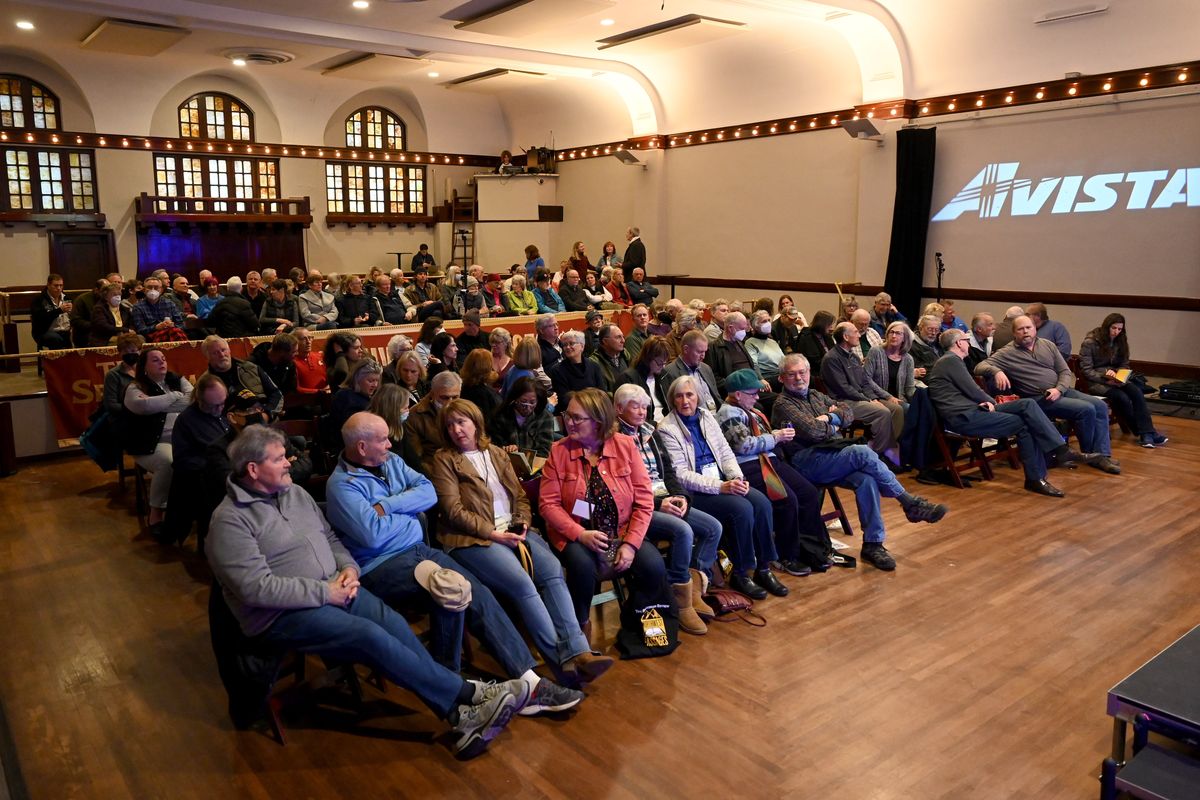‘She knew she was risking her life:’ Northwest Passages features author who chronicled young female photojournalist in Vietnam War

French-born Catherine Leroy arrived in Vietnam in blonde pigtails.
She looked like a child (she was 21), and no one was threatened by her.
“As soon as she started selling photographs and winning awards, that changed,” Mary Cronk Farrell said.
Farrell spoke about her book “Close-Up on War: The Story of Pioneering Photojournalist Catherine Leroy in Vietnam” to more than 100 people Wednesday night at the Montvale Event Center in downtown Spokane as part of The Spokesman-Review’s Northwest Passages book Club series.

Farrell, an award-winning journalist and children’s book author, writes books about powerful women, like Leroy, many have never heard of before.
On Wednesday, Farrell told stories about Leroy’s work and adventures in Vietnam. Leroy spent more time in the field than any journalist during the Vietnam War.
There was the time a U.S. colonel invited Leroy, who had made 84 skydiving jumps before, to parachute out of a plane along with the troops.
Farrell spoke of another time when Leroy was captured by the North Vietnamese. She was held for several hours and persuaded them to let her take photos of them before she was released.

Farrell said Leroy did not have much money, so she would trade a six-pack of wine (yes, wine) for food with U.S. troops.
“She came to the realization that she was there to show the compassion between soldiers, the bonds that develop in combat,” Farrell said. “And she knew she was risking her life.”
Leroy greatly admired war photojournalist Robert Capa, who was killed in Vietnam. Farrell said Capa believed if photos were not good enough, the photographer was not close enough.
Farrell said Leroy took that to heart.
“She said, ‘When you’re with men in combat, everyone’s mask is gone and you see them for who they really are,’” Farrell said, quoting Leroy.
She said Leroy was close enough to show the reality of what troops were experiencing, which was extremely powerful to Farrell and the American public.
“That is why her pictures were published around the world, because she had a way of catching the reality of a moment that you cannot look away from,” Farrell said.
Farrell said Leroy wrote more than 100 letters home to her parents during her three-year tenure in Vietnam.
She said the book is intended for teenagers. In one letter, Leroy asked her mother to send her tampons.
“I thought, ‘Oh my god, you’re in the jungle in a war and you have to worry about Tampax,’” Farrell said.
“I thought, this is something teens can relate to,” she added.
Farrell said the letters made the book what it is.
“Those letters brought me onto the ground with her,” Farrell said.
Northwest Passages Book Club / The Spokesman-Reviewe